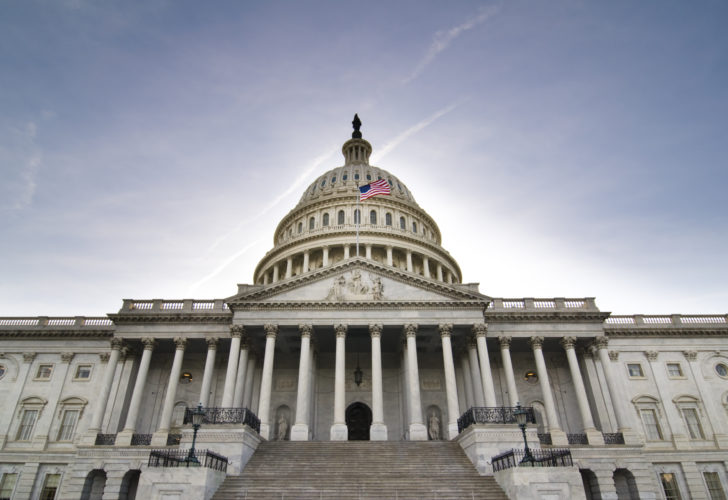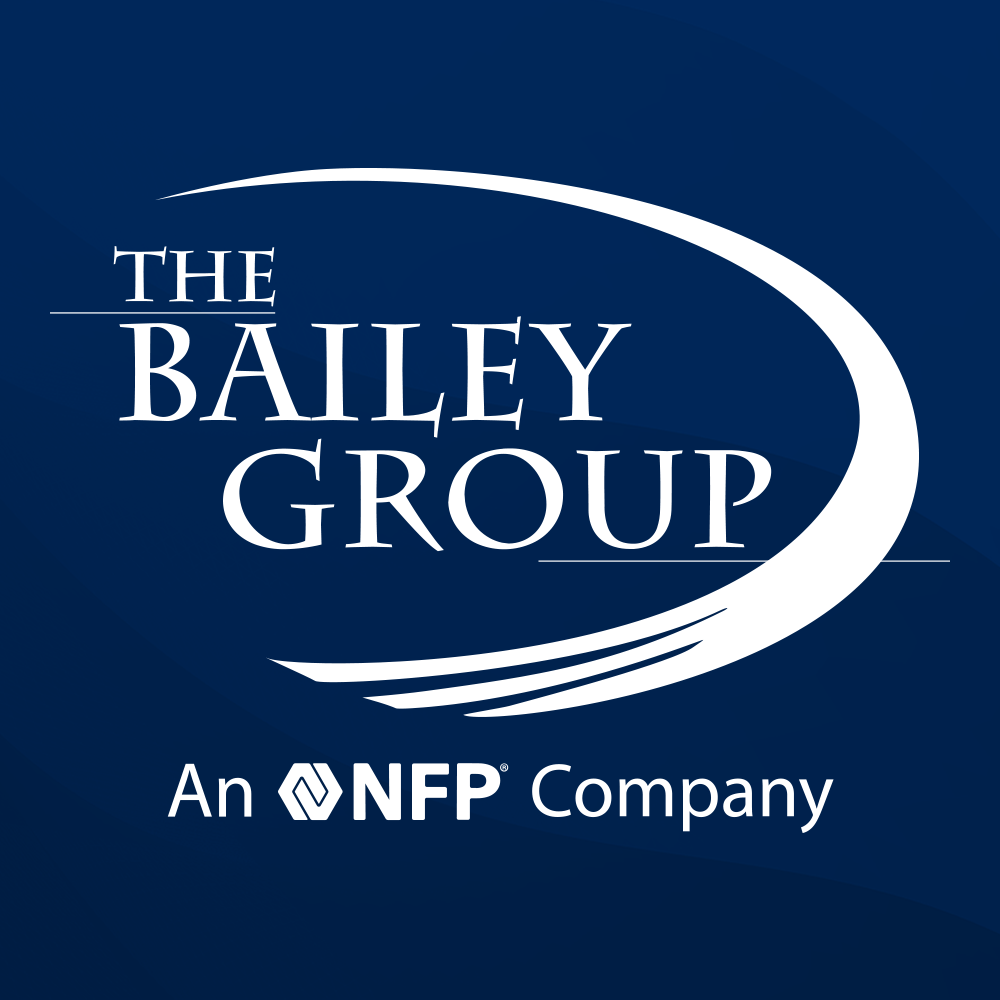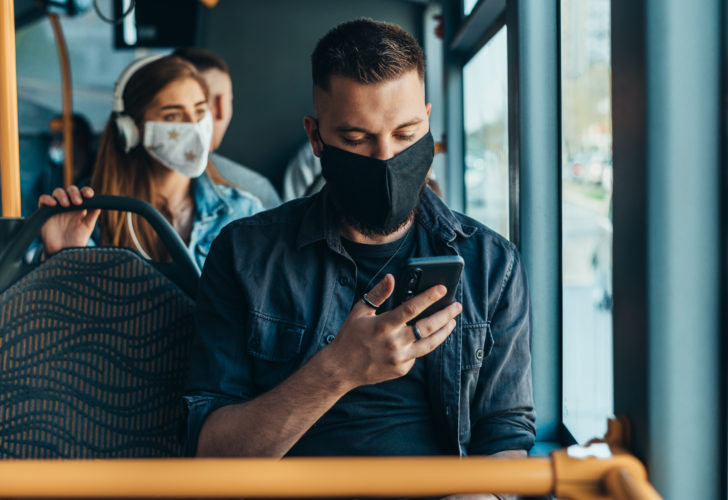Washington Update: Congress Passes the American Rescue Plan Act of 2021
By The Bailey Group Marketing
Published March 11, 2021

On March 10, 2021, Congress passed the American Rescue Plan Act of 2021 (ARPA). The ARPA includes over $1.9 trillion in COVID-19 relief and contains important updates to certain benefits laws to help employees who have been affected by the pandemic. We will address some of the major benefits-related provisions below.
COBRA
Effective April 1, 2021, ARPA provides a 100% premium subsidy for qualified beneficiaries who elect coverage through COBRA, including state continuation programs. A qualified beneficiary must have experienced an employer-initiated termination of their employment (other than by reason of such employee’s gross misconduct), or reduction of hours, in order to apply this subsidy. A person who voluntarily terminates their employment is not eligible for this subsidy. This subsidy applies to COBRA premiums paid for coverage periods between April 1, 2021, and September 30, 2021 (or when the qualified beneficiary becomes eligible for other group medical or Medicare coverage, whichever comes first). Note that if a qualified beneficiary’s coverage period extends beyond September 30, then premiums charged for coverage after that date will not be subsidized under ARPA.
In addition to the subsidy, ARPA provides an election period for certain qualified beneficiaries. Qualified beneficiaries who can access this election period appear to include those persons who would qualify for the premium subsidy and are still within their 18-month coverage period, but declined COBRA coverage. Qualified beneficiaries who can access this election period also appear to include those who dropped COBRA coverage (regardless of the reason for the COBRA coverage) before the period expired. This election period starts on the date the qualified beneficiary receives a new COBRA election notice and lasts for 60 days. The new election period does not extend the maximum coverage period for any qualified beneficiary who elects COBRA coverage under these circumstances. For example, if a person only had a month left in their coverage period – as calculated from the date of the loss of coverage and qualifying event, such as employment termination – then they would not gain additional months of coverage if they elected COBRA coverage during this new election period.
The premium subsidy is paid through a refundable FICA tax credit to the employer, carrier or plan, as applicable. The credit is claimed by the party to which the premium is due: the carrier for a fully insured plan; the employer for a self-insured plan; and the plan for a multi-employer plan. The credit is calculated each calendar quarter in an amount equal to the premiums not paid by qualified beneficiaries who qualify for the subsidy in that quarter. The credit is limited to the amount of the FICA tax, and any overpayment must be refunded. However, a credit can be advanced through the end of the most recent payroll period in the quarter.
Employers also have the option of allowing qualified beneficiaries to change coverage to other plan options. Normally, qualified beneficiaries must be covered by the same plan that covered them on the day before the date of the qualifying event (although they can change coverage if an open enrollment period occurs during their period of COBRA coverage). If the employer allows it, then it must provide qualified beneficiaries with notice and give them 90 days from the date of the notice to make a change. The qualified beneficiaries who have this choice can only choose coverage that costs the same or less than the coverage they already have.
Finally, employers must provide notice of the subsidy and (if the employer chooses) the option to change coverage to those qualified beneficiaries who are potentially affected by these changes. Qualified beneficiaries potentially affected by these changes are those who qualify for the subsidy (even if they are already covered by COBRA) and those who qualify for the new election period, as described above. Employers can either provide new notices or supplement current notices by including this information in a separate document with the current notice.
The DOL is charged with providing a model notice within 30 days of the date of ARPA’s enactment. Notices should include:
- The forms that are necessary for establishing eligibility for the subsidy described above
- The name, address and telephone number necessary to contact the plan administrator and any other person maintaining relevant information in connection with such premium assistance
- A description of the extended election period described above
- A description of the obligation of the qualified beneficiary to let the plan know when they have become eligible for coverage under another group medial plan or become eligible for Medicare benefits and the penalty for failing to do so
- A description, displayed in a prominent manner, of the qualified beneficiary’s right to a subsidized premium and any conditions on entitlement to the subsidized premium
- A description of the option of the qualified beneficiary to enroll in different coverage (if the employer chooses this option)
In addition to this notice, employers are required to provide notice of the expiration of the premium subsidy to those qualified beneficiaries who are benefiting from that subsidy. Employers must provide this notice between 15 and 45 days from the date the subsidies end. The notice must also state that the qualified beneficiary will continue to be covered by COBRA for the remainder of the qualified beneficiary’s coverage period (but without the subsidy) or by other group health plan coverage, if applicable. The DOL is expected to produce a model notice within 45 days of the date of ARPA’s enactment. Note that if the qualified beneficiary notified the plan that they become eligible for another group medical plan or Medicare benefits, then the employer is not required to provide this notice.
Importantly, the notices are an obligation of the plan administrator, which is typically the employer plan sponsor. The administrator should be identified in the summary plan description. The employer may contract with another party, such as a COBRA vendor, to perform the duty on their behalf, but the employer is ultimately responsible for compliance. Failure to comply with the notice requirement would be considered a COBRA failure subject to penalty.
FFCRA: EPSL and Expanded FMLA
An employer can opt to extend EPSL or Expanded FMLA to its employees through September 30, 2021 (an extension of the March 31, 2021, deadline in the CAA). If employers choose to do this, then they can receive payroll tax credits to offset the costs of providing that leave.
Reasons for granting emergency paid sick leave now include time taken when “the employee is seeking or awaiting the results of a diagnostic test for, or a medical diagnosis of, COVID-19 and such employee has been exposed to COVID-19 or the employee’s employer has requested such test or diagnosis, or the employee is obtaining immunization related to COVID–19 or recovering from any injury, disability, illness, or condition related to such immunization.”
ARPA appears to grant an additional 80 hours of sick leave under EPSL effective after the first quarter of 2021.
Reasons for taking Expanded FMLA now include any reason for leave allowed under EPSL, including the additional reason cited above. The first ten days of Expanded FMLA appear to no longer be unpaid and the maximum leave provided under this provision is increased from $10,000 in the aggregate to $12,000.
ACA Premium Subsidy
ARPA reduces the amount that individuals would pay for plans in the exchanges, limiting the amount to no more than 8.5% of the person’s income. This limitation applies even if the person’s income is 400% of the poverty level or higher. Unless future legislation or guidance indicates otherwise, applicable large employers are still required to offer full-time employees minimum value coverage satisfying one of the affordability safe harbors.
Dependent Care FSA (DCAP)
Generally, a participant’s DCAP reimbursement amount in a calendar year is limited to $5,000 if the employee is married and filing a joint return or if the employee is a single parent (or $2,500 if the employee is married filing separately). However, the ARPA provides a temporary increase for this exclusion to $10,500 (or $5,250 if the employee is married filing separately) for taxable years beginning after December 31, 2020, and before January 1, 2022. Retroactive plan amendments are permitted so long as the plan is amended no later than the last day of the plan year in which the amendment is effective and the plan is operated consistent with the terms of the amendment. This new requirement should provide relief to employees whose employers choose to permit the temporary extended carryover and grace period DCAP provisions provided by the CAA. Accordingly, the amounts in excess of $5,000 that are used through a DCAP in a taxable year will not be treated as taxable income for participants (for the taxable year beginning after December 31, 2020, and before January 1, 2022).
Since the law just passed, we expect that the regulatory agencies will provide additional guidance in the future. The NFP Benefits Compliance team will continue to review the law, and will provide clarifying materials where possible. For additional information see the American Rescue Plan Act of 2021.




